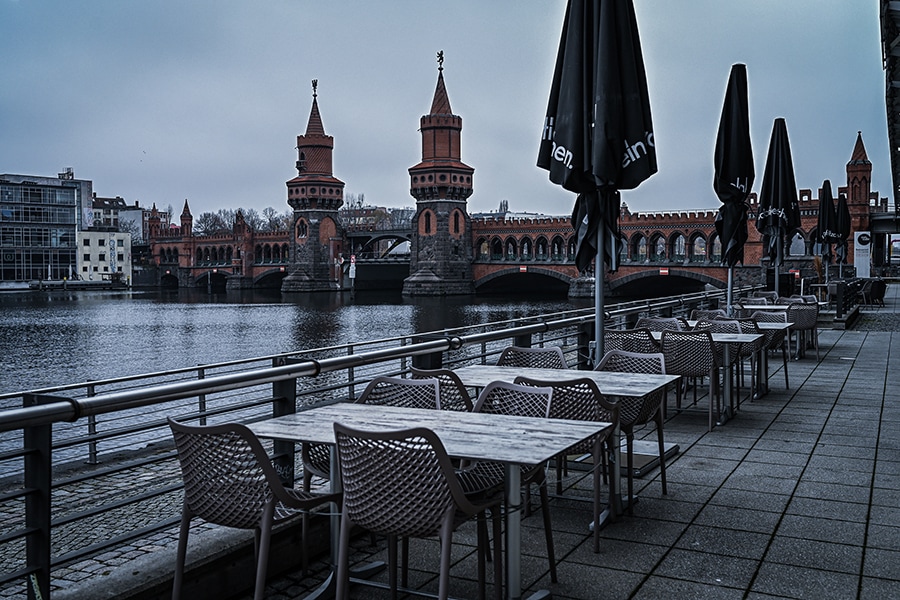
Germany, once a model, is swamped like everyone else by pandemic's second wave
At the start of the pandemic, Germany showed itself to be a global leader in dealing with a once-in-a-century public health crisis. In the virus's second wave, Germany now finds itself swamped like everyone else
 Empty tables on the riverside promenade in Berlin on Jan. 5, 2021. After winning widespread recognition for its handling of the coronavirus last year, Germany now finds itself struggling with its sluggish vaccine rollout and a frustrated population. (Lena Mucha/The New York Times)
Empty tables on the riverside promenade in Berlin on Jan. 5, 2021. After winning widespread recognition for its handling of the coronavirus last year, Germany now finds itself struggling with its sluggish vaccine rollout and a frustrated population. (Lena Mucha/The New York Times)
It was barely noon, but Steffen Bockhahn’s phone had not stopped ringing with people wanting to know if they qualified for a vaccination, and if not now, when?
Days earlier Germany had changed its guidance on who qualified for vaccines, resulting in a seemingly endless stream of questions from worried local residents to Bockhahn, the health minister for this port city in Germany’s northeast.
“No, I’m sorry, but we are not allowed to vaccinate anyone in Category 2 yet, only those nurses or other caregivers are who are in the first priority group,” he told a caller. “You have to wait.”
More than two months into the country’s second full lockdown, people across Germany are growing tired of waiting, whether for vaccines, getting their government compensation, or a return to normalcy. For Germans, it’s a disheartening comedown.
At the start of the pandemic, Germany showed itself to be a global leader in dealing with a once-in-a-century public heath crisis. Chancellor Angela Merkel forged a consensus on a lockdown. Her government’s testing and tracing tools were the envy of European neighbors. The country’s death and infection rates were among the lowest in the European Union. Its health care was stellar. And a generally trustful population abided by restrictions with relatively muted grumbling.
©2019 New York Times News Service




